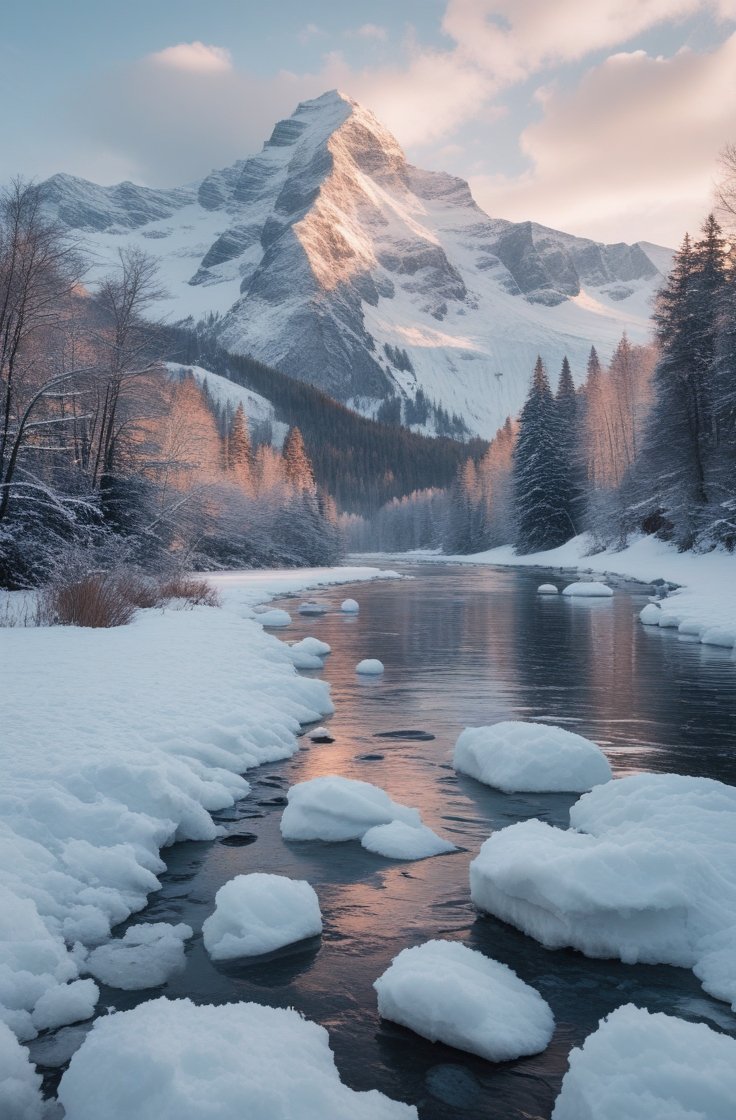Chasing the Aurora: Your Ultimate Guide to Traveling in Iceland for the Northern Lights
April 19, 2025 | by alwaled

Introduction to Iceland and the Northern Lights
Iceland, a nation characterized by its striking topography, features geysers, hot springs, glaciers, and volcanic landscapes. This unique geographical setting plays a pivotal role in shaping its climate, which is essential for experiencing the Northern Lights, or Aurora Borealis. The Northern Lights are a natural light display predominantly seen in high-latitude regions around the Arctic. In Iceland, this breathtaking phenomenon can typically be witnessed from late September to early April, when the night skies are dark and clear, providing optimal viewing opportunities.
The Aurora Borealis occurs due to the interaction between charged particles from the solar wind and the Earth’s magnetic field. When these solar particles collide with gases in the Earth’s atmosphere, they emit light, producing the stunning colors—green, pink, red, yellow, blue, and violet—that characterize the Northern Lights. This display is not only a scientific marvel but also a significant aspect of Iceland’s cultural heritage. Icelandic folklore abounds with tales of the Northern Lights, often depicting them as a bridge to the afterlife or a source of inspiration for many artists and storytellers.
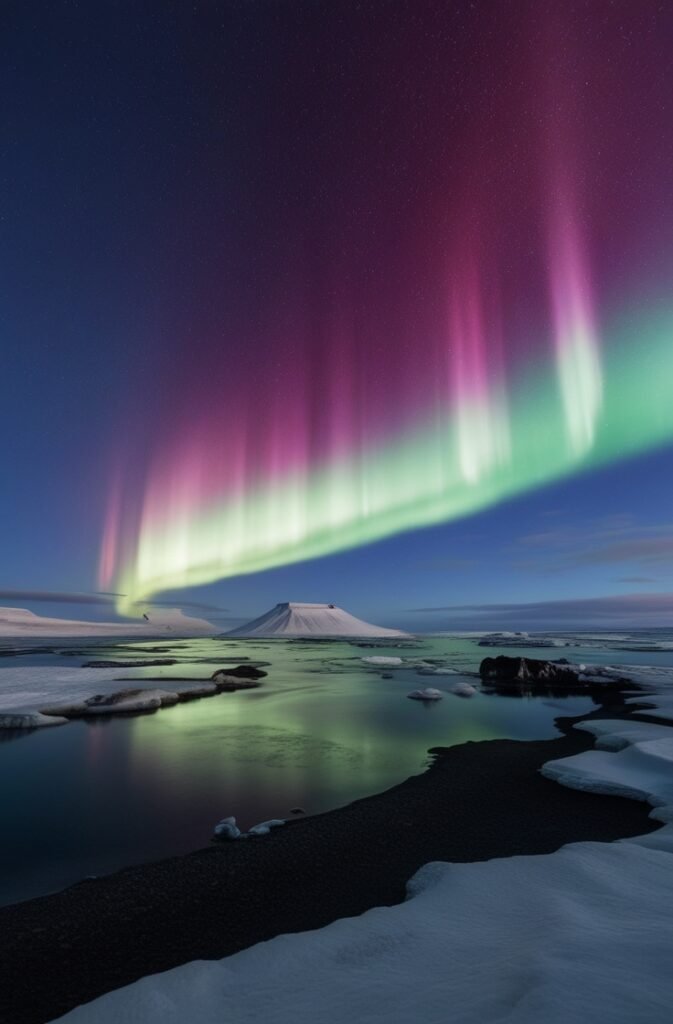
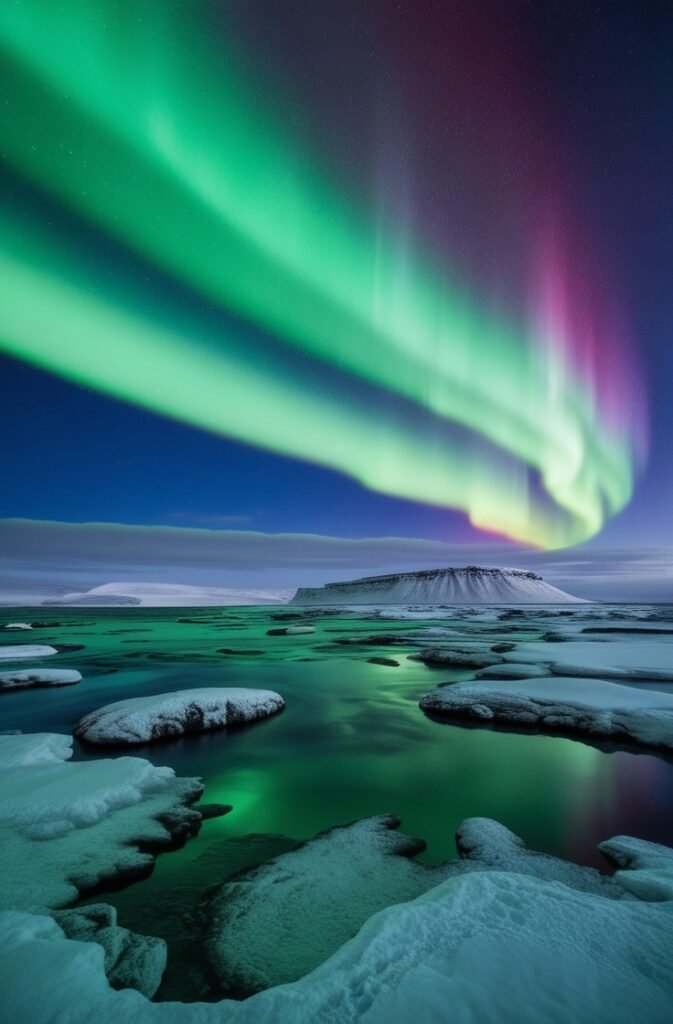
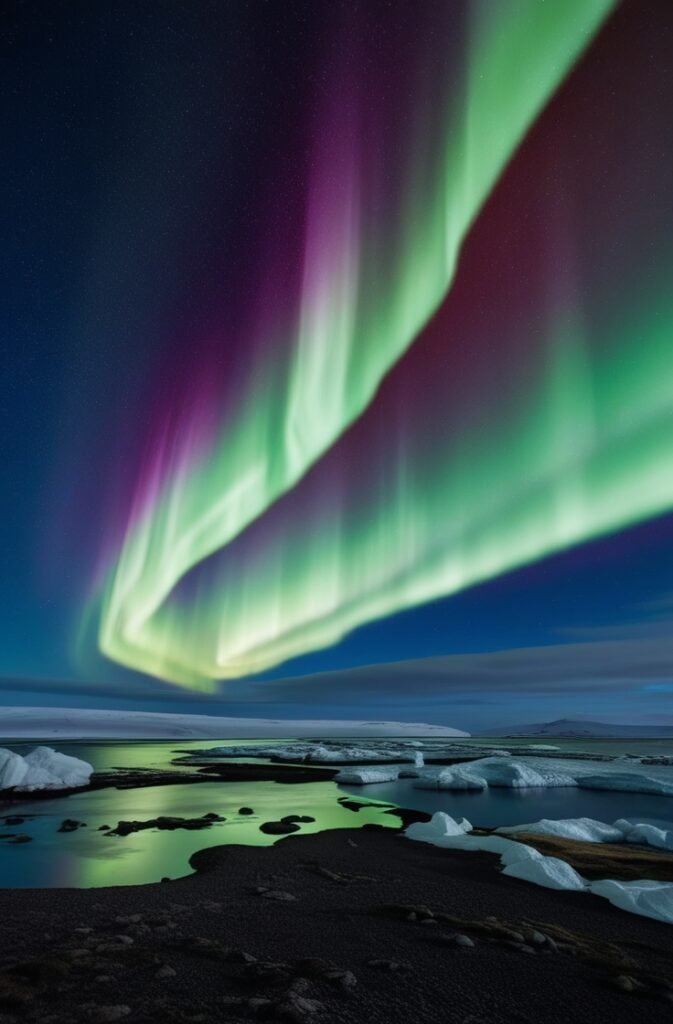
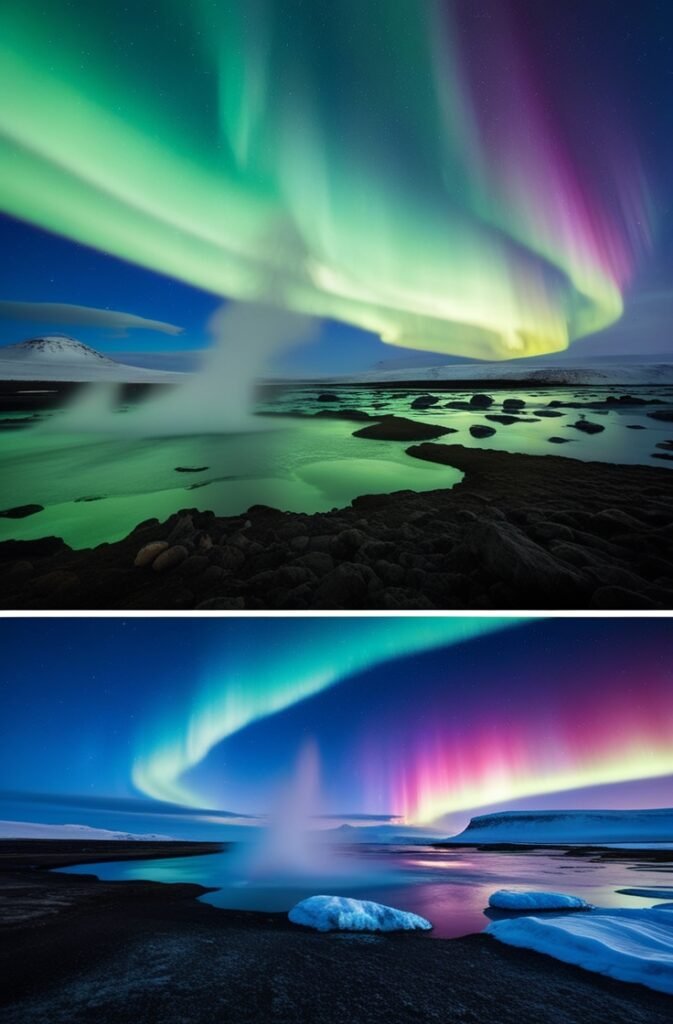
Iceland’s advantageous location near the Arctic Circle, combined with its relatively low light pollution and diverse landscapes, makes it one of the premier destinations for viewing the Northern Lights. The combination of clear skies, minimal obstruction from urban development, and the existing volcanic features creates an enchanting backdrop for this natural spectacle. As tourism continues to grow, the allure of the Aurora Borealis draws both adventurers and serene seekers to witness this magical display firsthand, solidifying Iceland’s reputation as a must-visit location for Northern Lights enthusiasts.


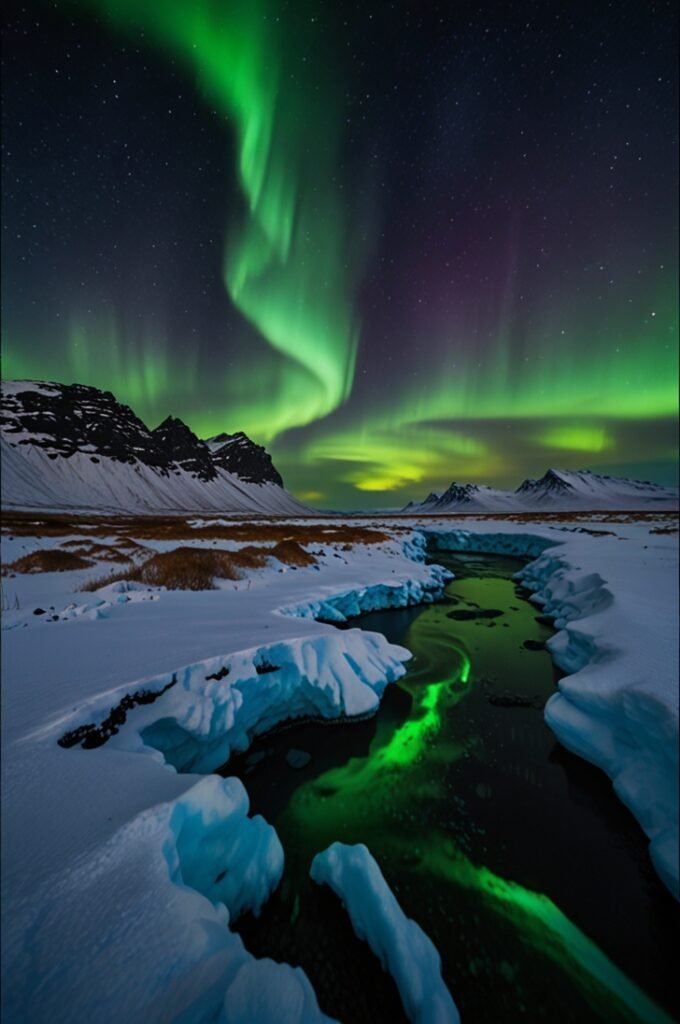
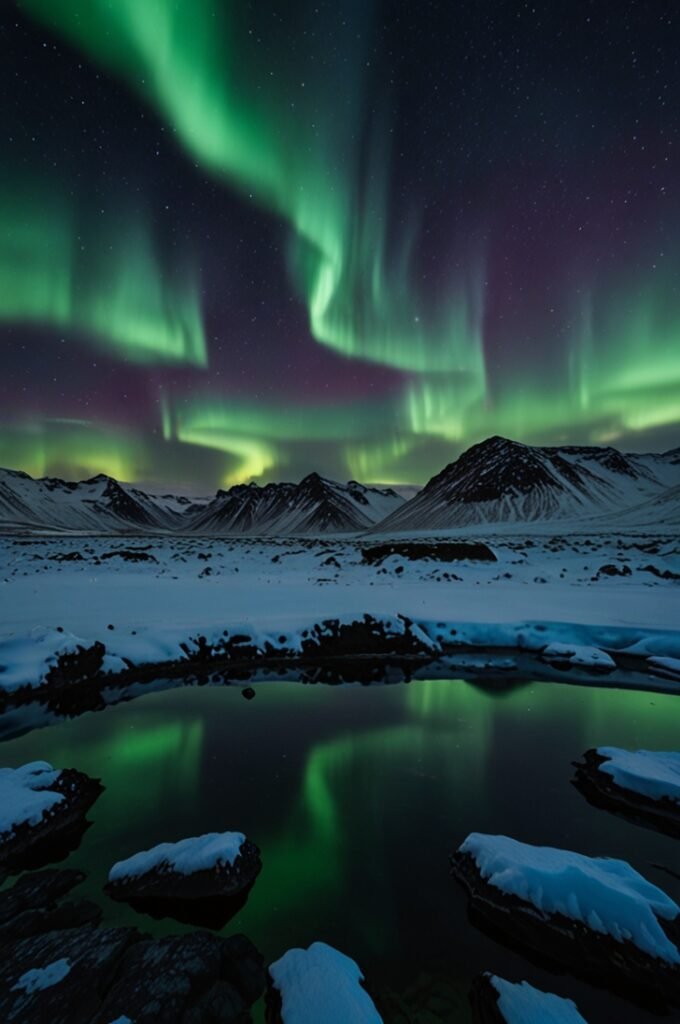
Best Time to Visit Iceland for Northern Lights
Traveling to Iceland to witness the stunning Northern Lights is a dream for many. However, timing significantly influences the chances of a successful sighting. The prime months for observing this atmospheric phenomenon generally span from late September to early April. During this period, the long, dark nights and consistently clear skies offer the ideal conditions for experiencing the Aurora Borealis.
From September to October and March to April, the temperatures are generally milder, yet the nights remain sufficiently dark for optimal visibility. These months also tend to have reduced cloud cover, allowing the lights to shine through without obstruction. In particular, September is favorable as the weather is often more stable, making it easier to plan successive nights of Aurora hunting. The autumn equinox that occurs in late September can also lead to heightened solar activity, increasing the chances of witnessing a dazzling display.
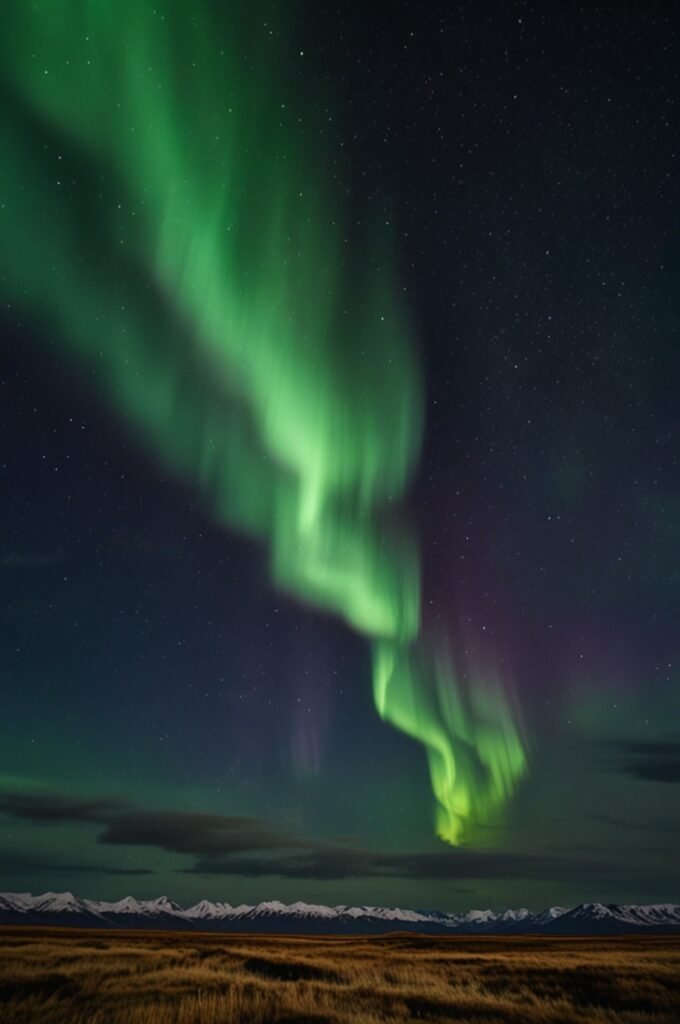
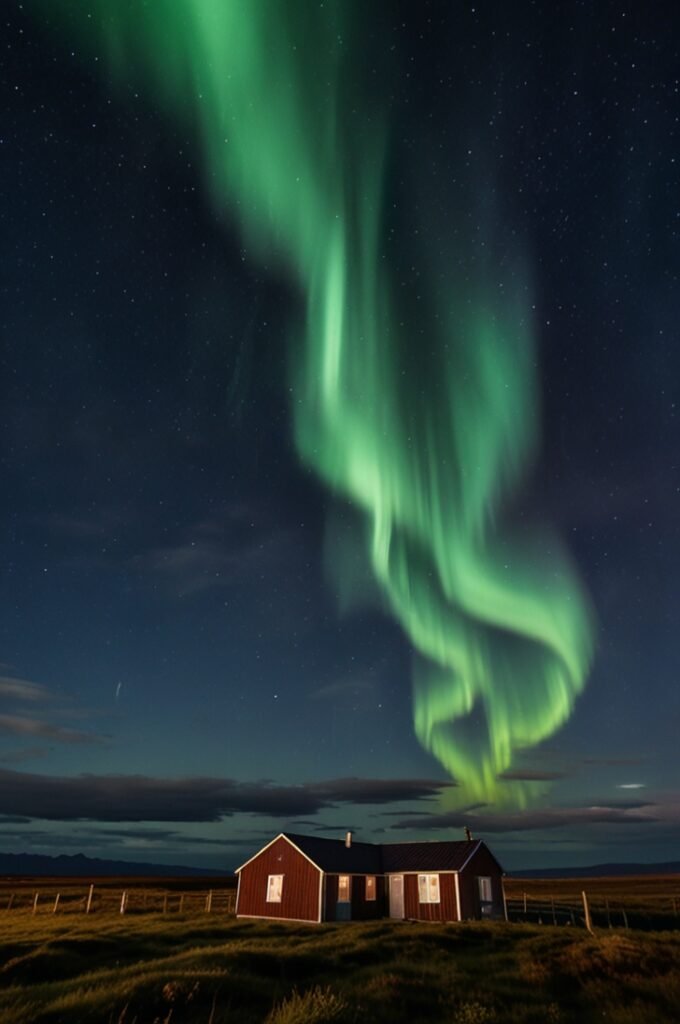
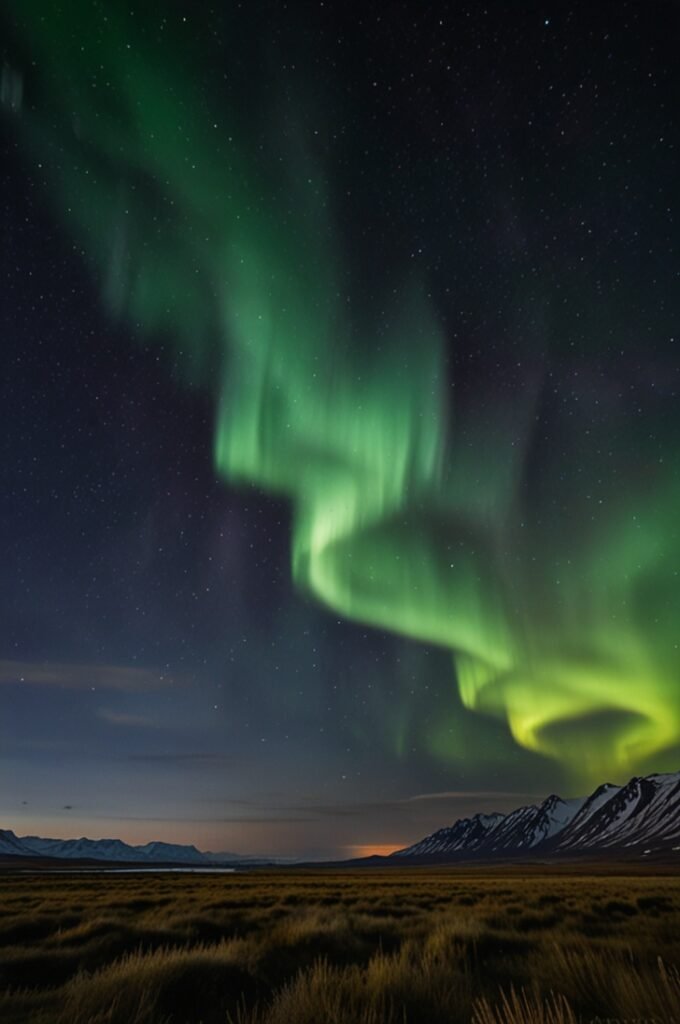

Conversely, the heart of winter—November through February—offers the longest nights, which can be an advantage. However, winter weather in Iceland can bring unpredictable conditions, including snowstorms and overcast skies that may obstruct the view. Although the cold can be challenging, the likelihood of seeing the Northern Lights during these months remains high due to the extended hours of darkness. It is crucial for travelers to remain flexible with their plans, allowing opportunities to pivot to different locations based on the local weather forecast.
Daylight hours during the winter months are significantly less, with just a few hours of twilight in the depths of January. Therefore, visitors should consider planning outdoor activities during the limited daylight, reserving evening hours for Aurora viewing. With careful attention to seasonal considerations, travelers can enhance their chances of witnessing one of nature’s most spectacular displays in Iceland.
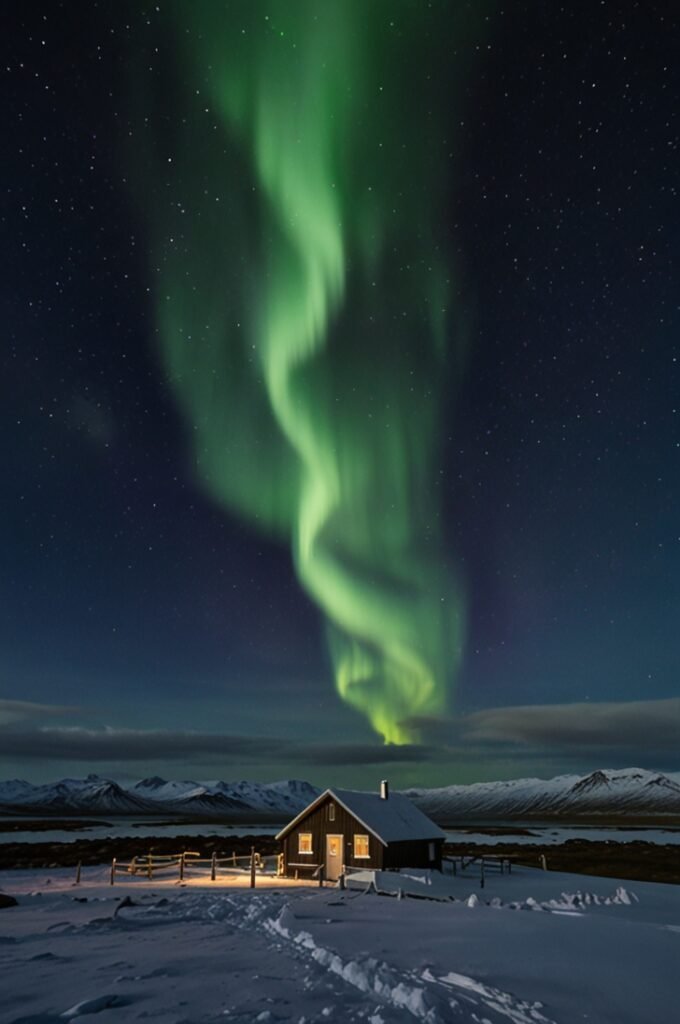



Top Locations in Iceland to See the Northern Lights
Iceland is renowned for its breathtaking landscapes and natural phenomena, making it a prime destination for experiencing the enchanting Northern Lights. To maximize your chances of encountering this incredible display, consider visiting the following locations that offer optimal conditions for viewing the Aurora Borealis.
One of the most accessible and popular sites is Þingvellir National Park. This UNESCO World Heritage Site not only provides stunning views of the surrounding mountains and rift valleys but also has low light pollution that enhances the visibility of the Northern Lights. The park is easily reached from Reykjavik, making it a convenient choice for both day trips and overnight stays, allowing for several opportunities to witness the spectacle.
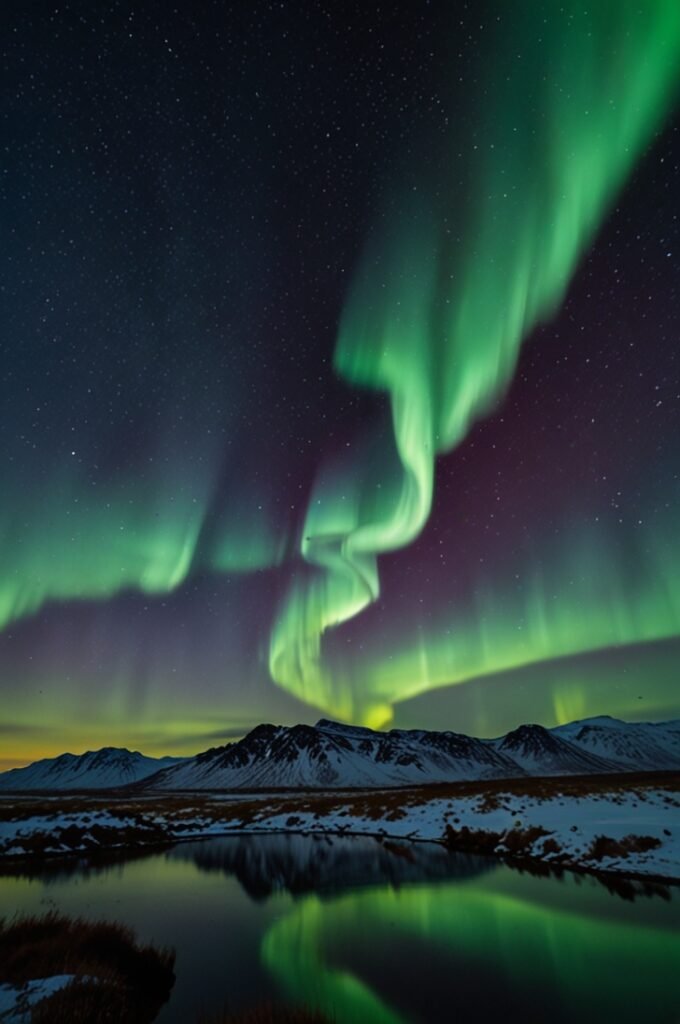
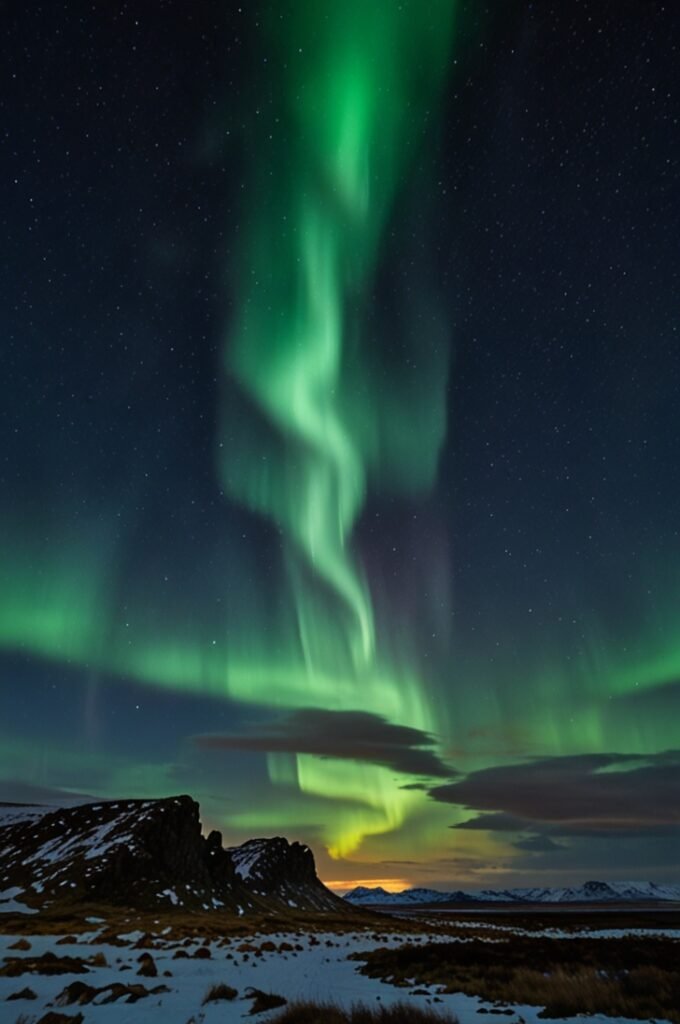
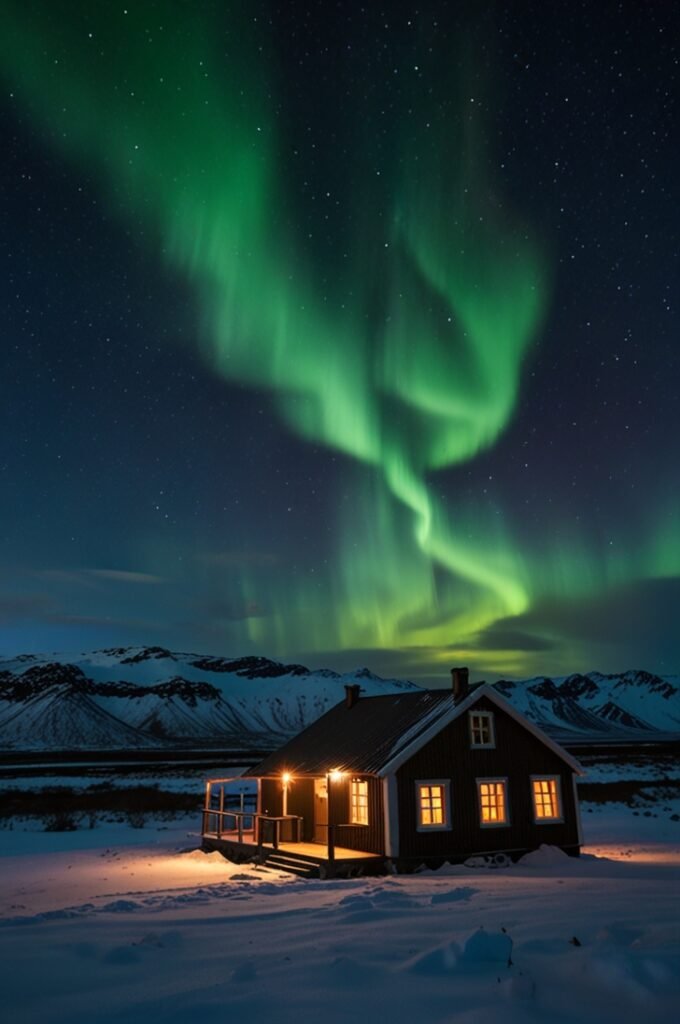
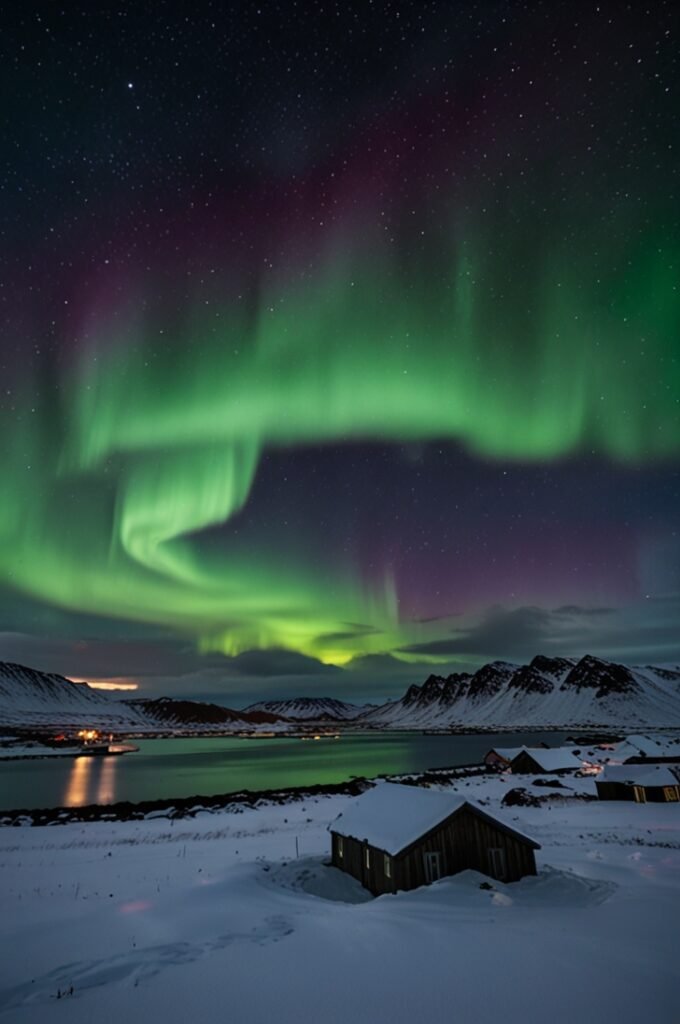
Another exceptional location is the Snaefellsnes Peninsula, often described as “Iceland in miniature” due to its diverse landscapes. Here, the combination of rugged coastlines and volcanic craters creates a unique backdrop for the Aurora. The peninsula offers various vantage points, such as Arnarstapi and Kirkjufell, which are ideal for photography enthusiasts looking to capture the Northern Lights against dramatic scenery.
For those seeking a more secluded experience, the East Fjords region is a hidden gem. Known for its minimal light pollution, the fjords provide an idyllic setting to observe the Northern Lights in tranquility. Towns like Seyðisfjörður are great bases from which to explore the area and engage in other activities, including hiking and exploring local art galleries.
Finally, Jökulsárlón Glacier Lagoon offers a surreal environment for viewing the Northern Lights. The floating icebergs in the lagoon reflect the sparks of the Aurora, creating an unforgettable sight. Accessible via the Ring Road, the lagoon is an excellent choice for travelers wishing to blend their Northern Lights experience with Iceland’s stunning glacial landscapes.
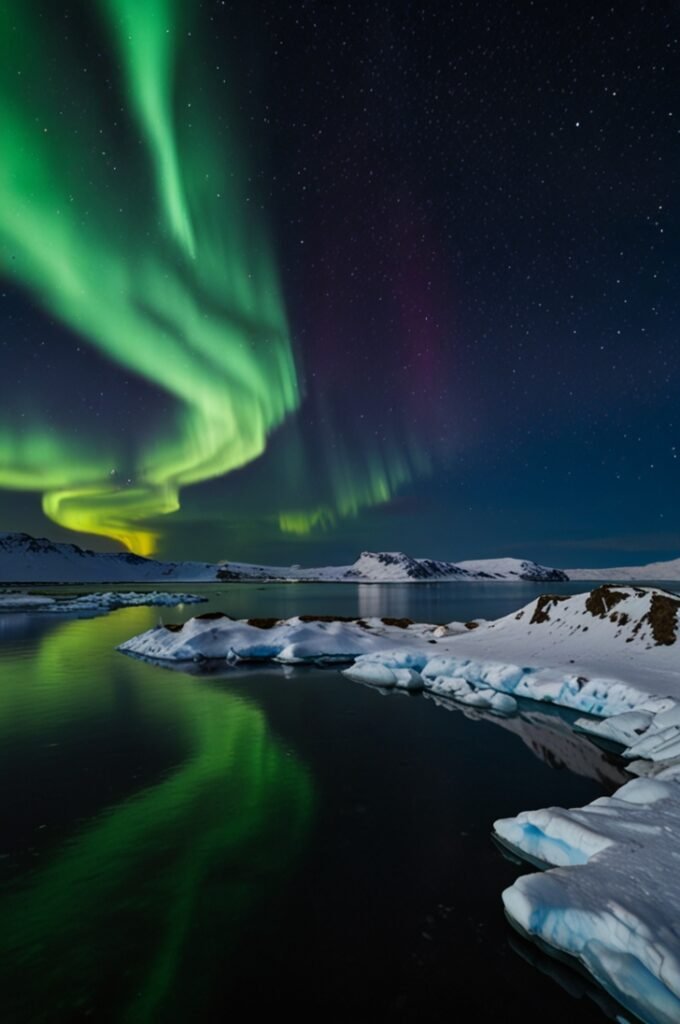

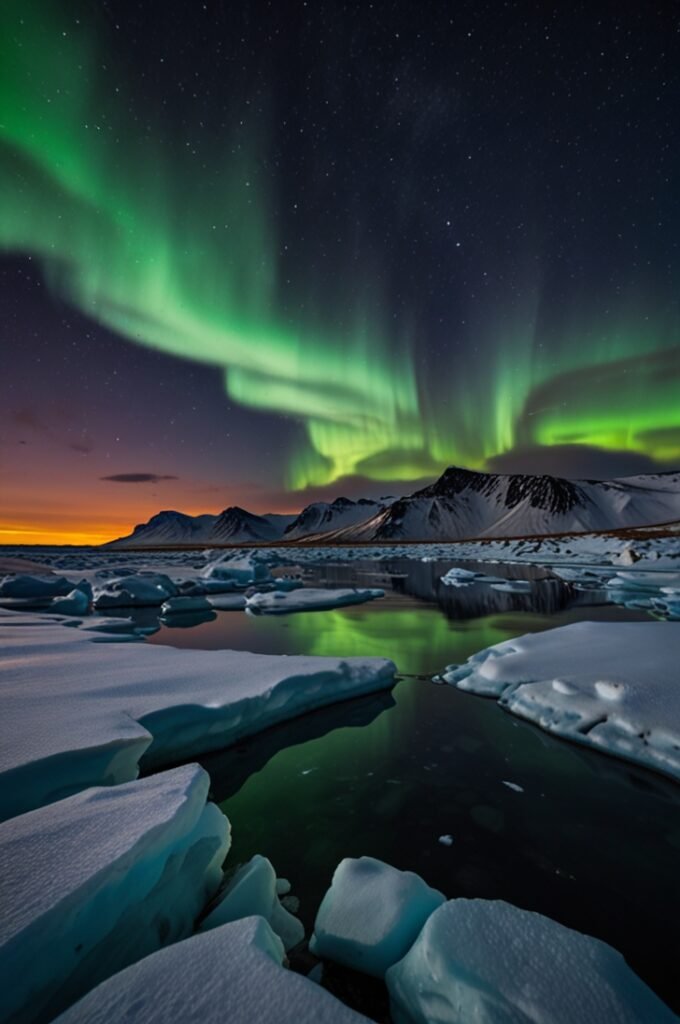
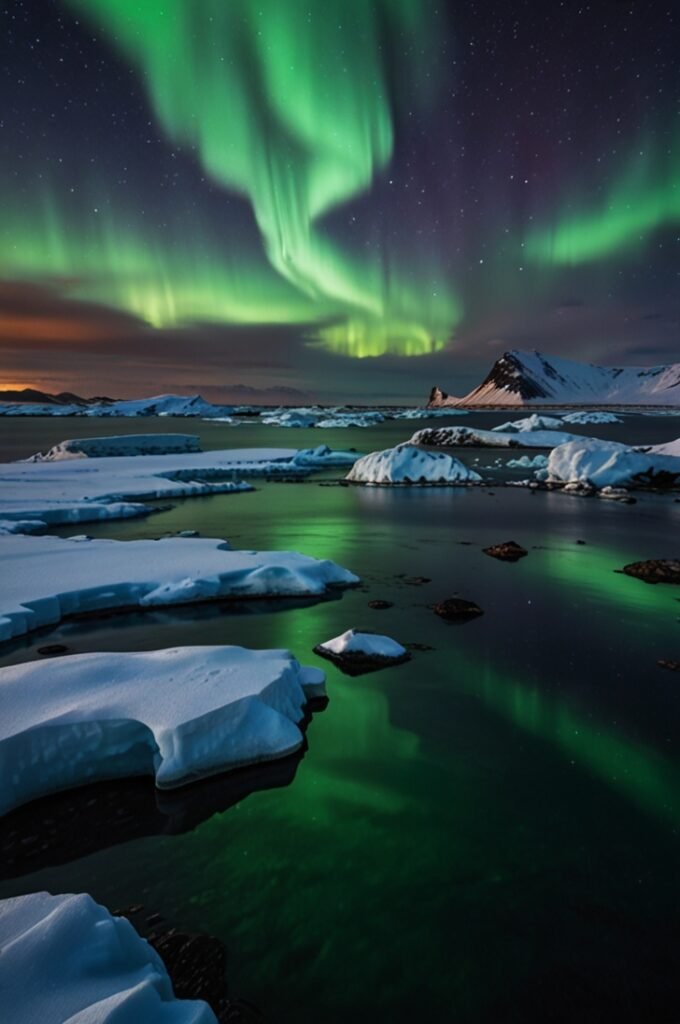

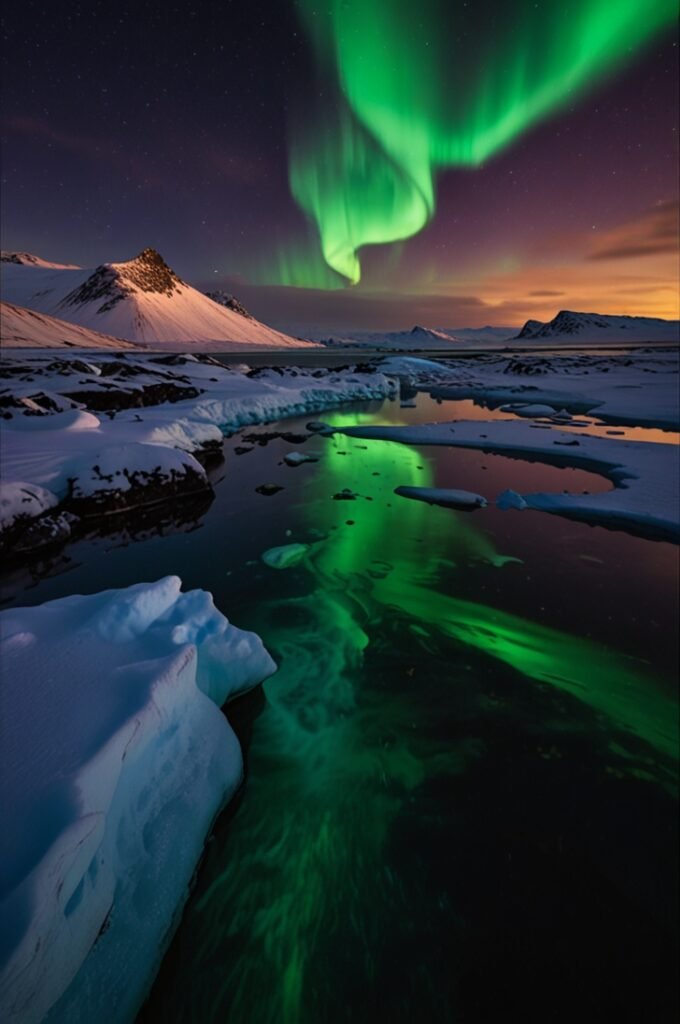

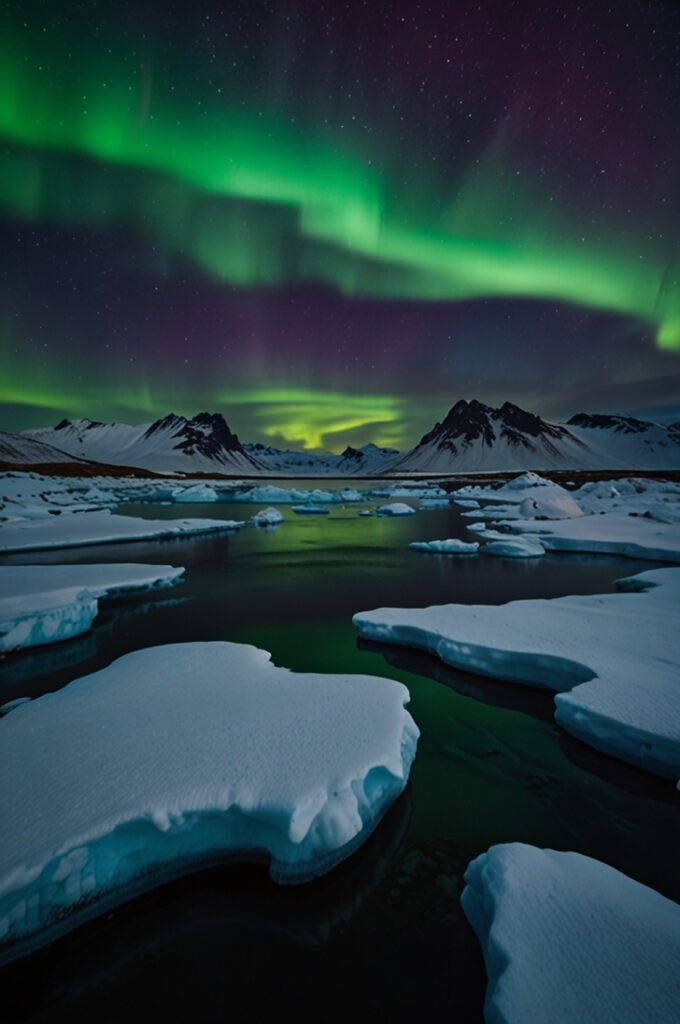
How to Prepare for Your Northern Lights Adventure
Preparing for a trip to see the Northern Lights in Iceland requires careful planning and consideration of various factors to ensure a successful experience. One of the first steps is to create a comprehensive packing list. Essential items for your journey should include thermal layers, waterproof outerwear, insulated boots, hats, gloves, and scarves. These clothing items are crucial for keeping warm while you await the enchanting display of the aurora borealis. Opt for breathable materials that wick moisture away to maintain comfort in cold weather conditions.
Aside from clothing, it is advisable to invest in photography equipment if you wish to capture the beauty of the Northern Lights. A sturdy tripod is vital for stabilizing your camera during long exposure shots. Additionally, using a wide-angle lens will allow for more expansive framing of the sky. Ensure your camera has manual settings and is capable of shooting in low light. Consider bringing spare batteries, as cold temperatures can drain power quickly, and don’t forget extra memory cards to store your precious photographs.




Understanding local culture and etiquette is also important for any nature-related excursion in Iceland. Respecting the environment, adhering to marked trails, and being mindful of wildlife are fundamental aspects of responsible tourism. Engaging with local guides can enhance your understanding of the region’s unique natural phenomena and help you navigate the best spots for viewing the Northern Lights. Respect local customs by valuing the outdoor spaces and keeping noise levels low to maintain the peaceful ambiance that enhances the Northern Lights experience.
By equipping yourself with the appropriate gear, a solid understanding of local customs, and an appreciation for the environment, you ensure that your Northern Lights adventure in Iceland will be both enjoyable and memorable.
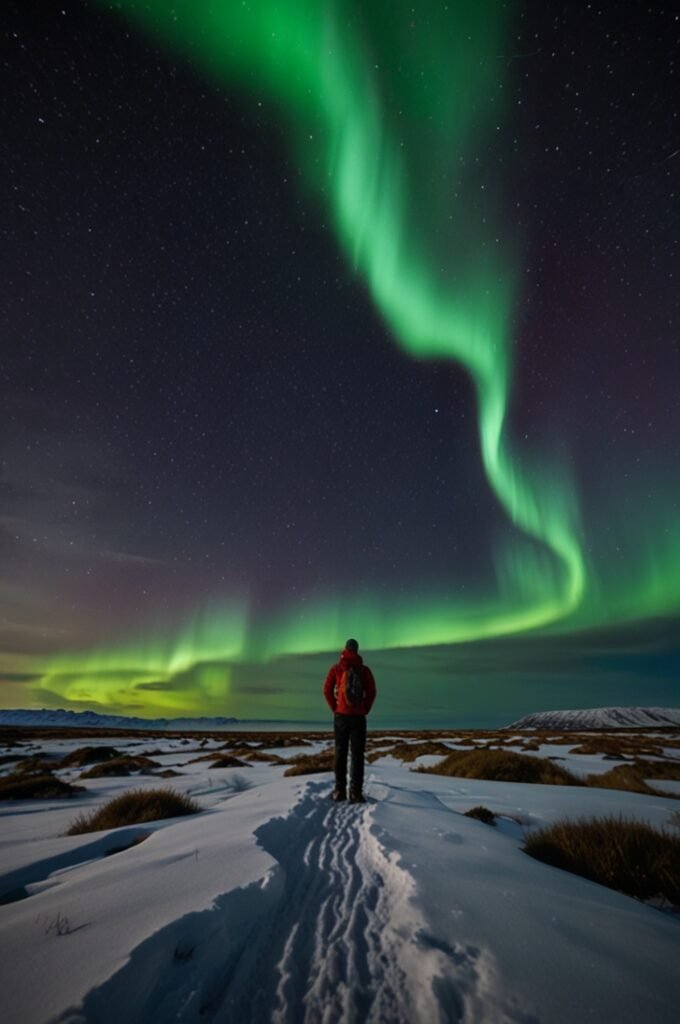

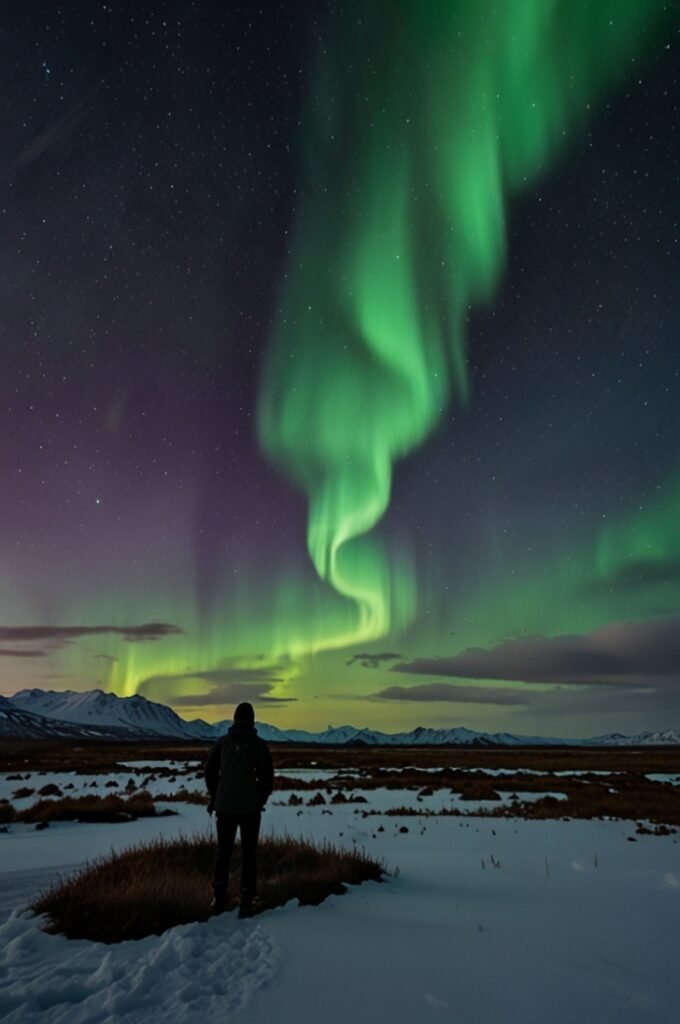
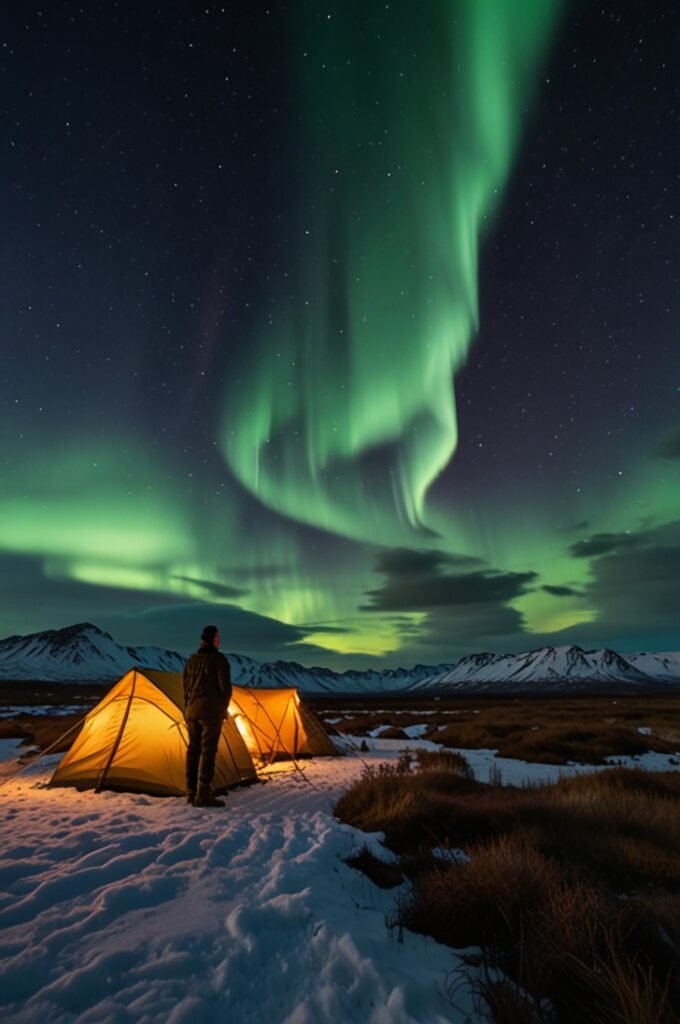
Guided Tours vs. Self-Driving: Which is Right for You?
When considering a quest to witness the mesmerizing Northern Lights in Iceland, the decision between joining a guided tour or embarking on a self-driving adventure is crucial. Both avenues offer unique experiences, and understanding their distinct benefits can help you choose the most suitable option for your travel style.
Guided tours are an excellent choice for those who prefer the convenience of organized trips. With experienced local guides at the helm, you gain access to expert knowledge about the optimal viewing locations, as well as real-time updates on weather conditions and aurora activity. Tours often provide transportation to remote areas that may be challenging to reach on your own, eliminating stress and ensuring you’re in the right spot at the right time to witness the Northern Lights. Moreover, many guided tours offer additional amenities, such as thermal gear rentals and photographic assistance, enhancing your overall experience.




On the other hand, opting for a self-driving excursion grants you the freedom to explore at your own pace. This option allows for spontaneous detours and the opportunity to chase the auroras on a more personal level. With a rental car, you can choose your destinations, plan your itinerary, and create memories on your own terms. However, navigating Iceland’s diverse terrain requires some preparation. It is essential to familiarize yourself with driving conditions and road safety, particularly during winter months. Utilizing resources like local weather forecasts and aurora predictions can aid in making informed decisions during your journey.
Ultimately, your choice between guided tours and self-driving is influenced by your preference for comfort versus adventure. Both approaches offer incredible opportunities to experience the stunning Northern Lights, each with its own set of benefits to enhance your overall journey in Iceland.
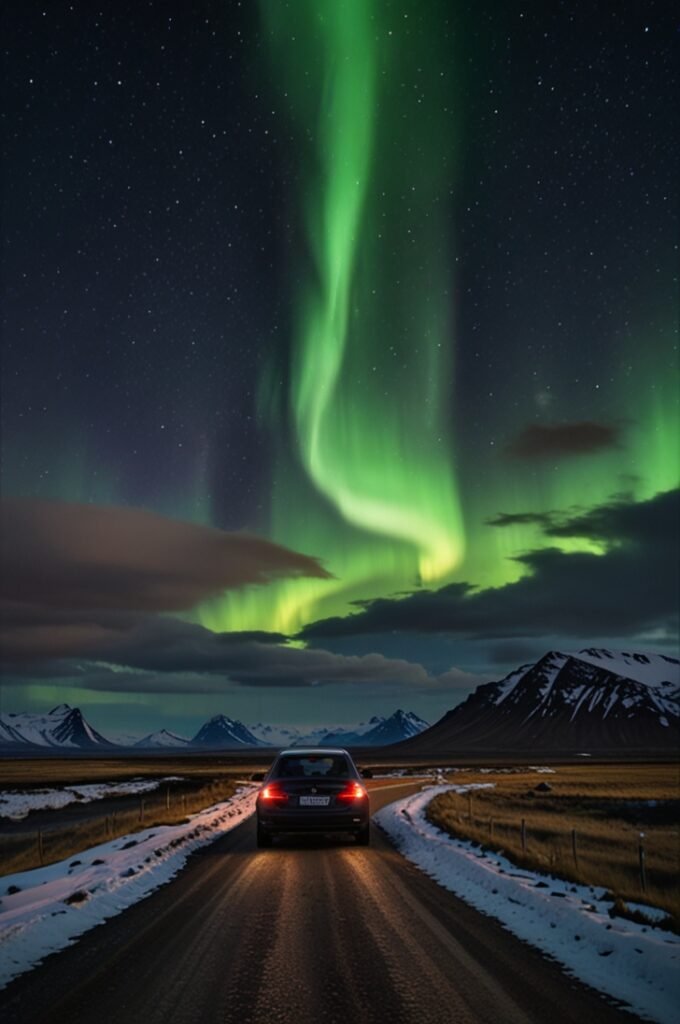
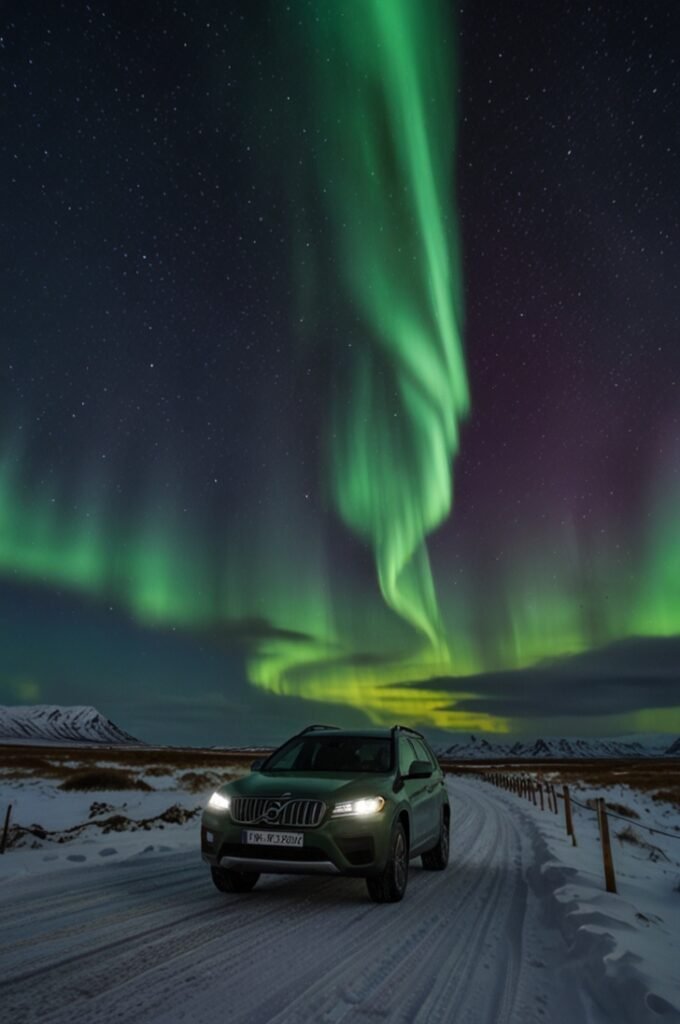
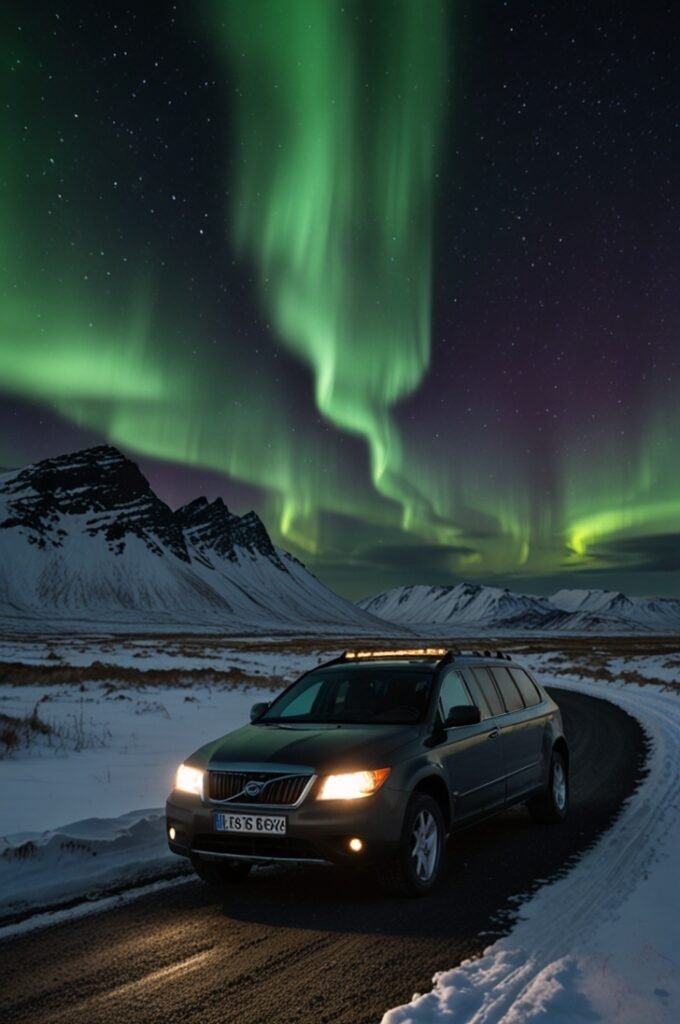

Capturing the Northern Lights: Photography Tips
Photographing the Northern Lights can be an exhilarating yet challenging endeavor. To effectively capture this breathtaking natural phenomenon, one must consider several factors including camera settings, equipment, composition, and timing. With the right approach, both beginners and experienced photographers can create stunning images of the aurora borealis.
First and foremost, selecting the appropriate camera is crucial. While professional cameras often yield the best results, many modern smartphones also have capabilities that can capture the Northern Lights adequately. A DSLR or mirrorless camera is recommended for optimal results. Pair it with a sturdy tripod to ensure stability during long exposure shots. The ability to adjust settings manually is imperative for capturing the aurora in all its glory.
When it comes to camera settings, utilizing a wide open aperture (f/2.8 or wider) allows for maximum light capture. Set your ISO between 800 to 3200, depending on your camera’s quality and the surrounding light conditions. A longer exposure time of around 10 to 30 seconds is typically effective, allowing the camera to gather enough light without causing motion blur. Keeping a balance between these settings is key to achieving vibrant colors and clear details in your Northern Lights photography.
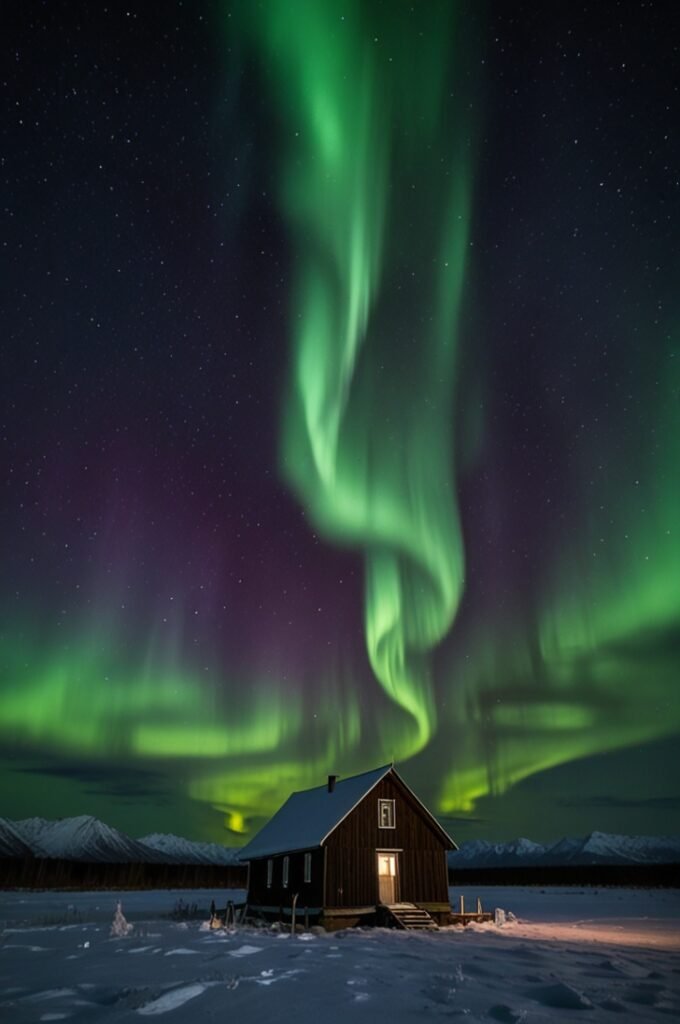

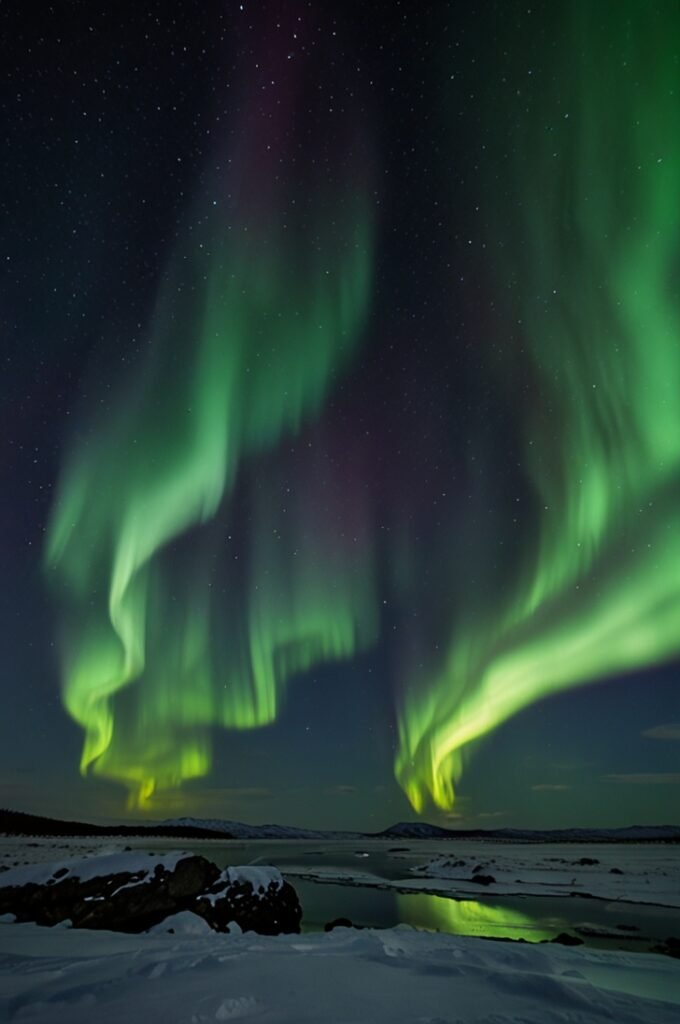
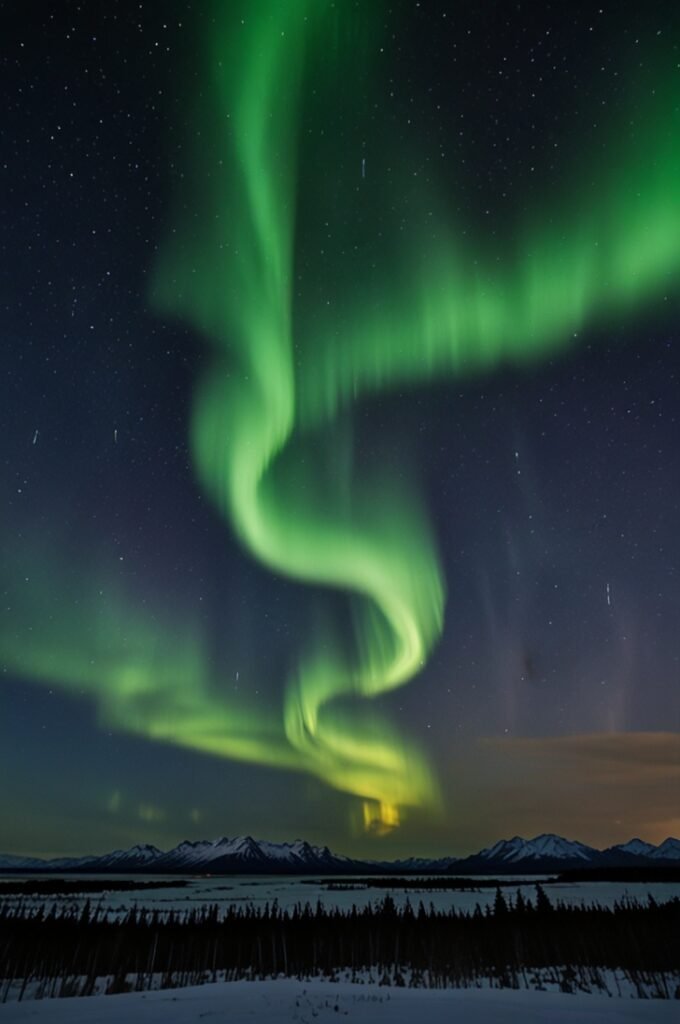
Composition is equally important. Look for foreground elements, such as mountains or trees, to provide depth and context to your images. The rule of thirds can serve as a valuable guide, placing the horizon in the lower third of the frame. Additionally, consider the time of night; the lights typically appear more vividly between 10 p.m. and 2 a.m., although they can be visible both before and after these hours.
For those new to night photography, experimenting with different settings while observing the Northern Lights can enhance understanding and skill. By following these guidelines, you can immortalize the magical experience of the aurora borealis through the lens of your camera.




Other Activities to Enjoy in Iceland During Your Visit
While the Northern Lights are a breathtaking highlight of any trip to Iceland, the island offers an array of captivating activities and attractions that enhance the overall travel experience. Daytime adventures can seamlessly complement your evening aurora viewings, providing a diverse and enriching itinerary.
A visit to Iceland would be incomplete without experiencing its world-renowned geothermal baths. The Blue Lagoon is perhaps the most famous, with its milky blue waters set against a stunning lava field landscape. The soothing geothermal water is rich in minerals, making it an ideal spot for relaxation. Other lesser-known geothermal springs, such as Myvatn Nature Baths and Geosea, offer equally rejuvenating experiences without the crowds, allowing for a more serene soak.
Beyond thermal baths, Iceland boasts magnificent waterfalls that are a sight to behold. Gullfoss, or the “Golden Falls,” is a two-tiered waterfall that offers splendor from various viewing platforms. Seljalandsfoss allows visitors to walk behind the cascades, providing a unique perspective. The powerful Skógafoss is another must-visit, as its height and the possibility of rainbows on sunny days make it particularly enchanting.
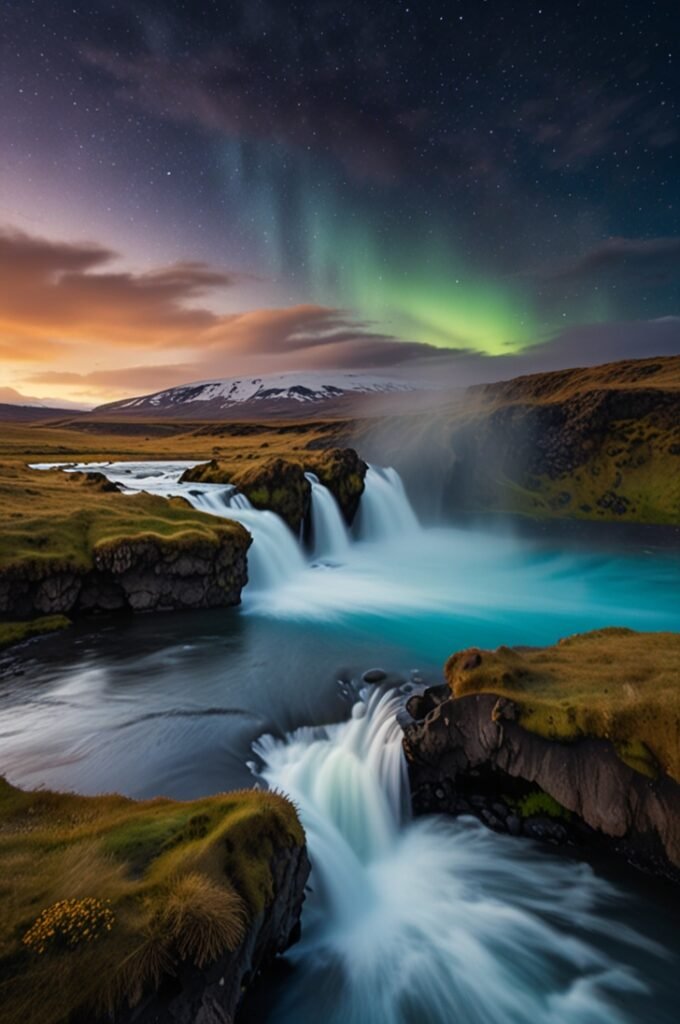
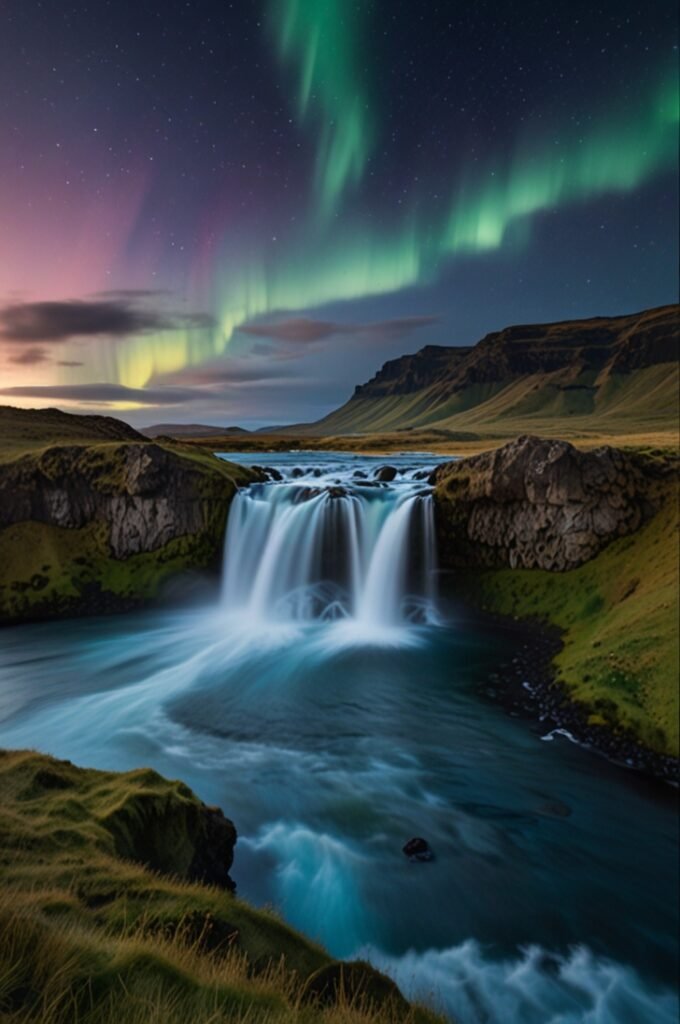
For those eager to explore Iceland’s icy landscapes, a trip to its glaciers is essential. Glacial hiking tours on Sólheimajökull or Vatnajökull reveal stunning views and fascinating formations. Ice caves, usually accessible only in winter, provide an extraordinary opportunity to witness nature’s artistry up close. These breathtaking excursions are not only visually stunning but also educational, as knowledgeable guides often share insights about climate change and glacial dynamics.
Cultural experiences also play a significant role in immersing visitors in Icelandic heritage. Museums such as the National Museum of Iceland and the Saga Museum offer a glimpse into the nation’s past, while local culinary tours introduce travelers to Iceland’s unique cuisine, including fresh seafood and traditional lamb dishes. Such activities enrich your visit, making your stay in Iceland both memorable and diverse.
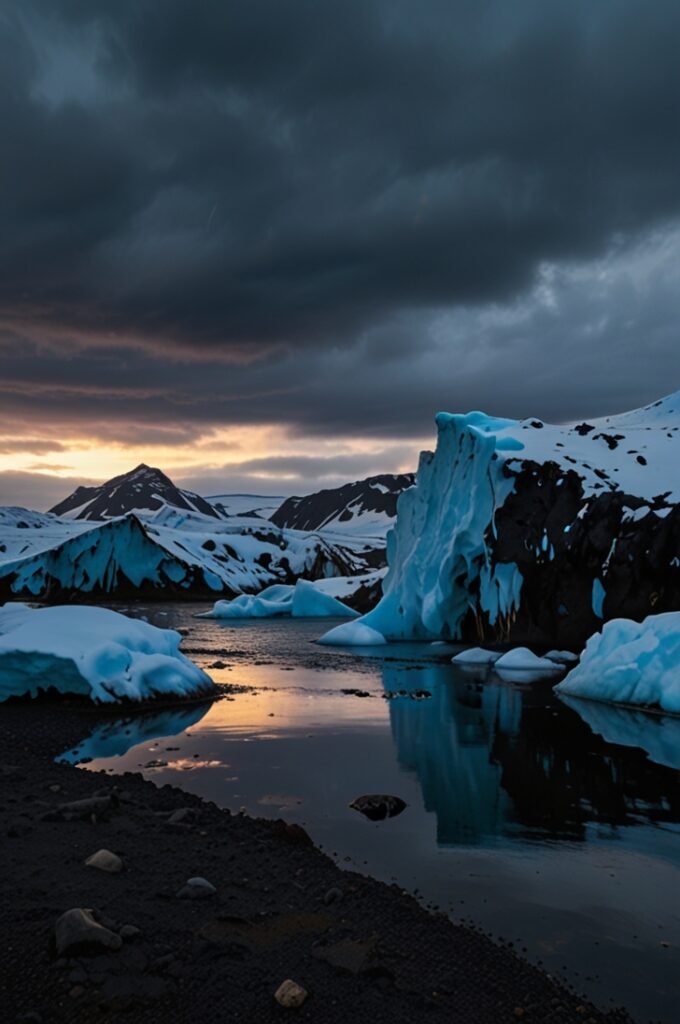
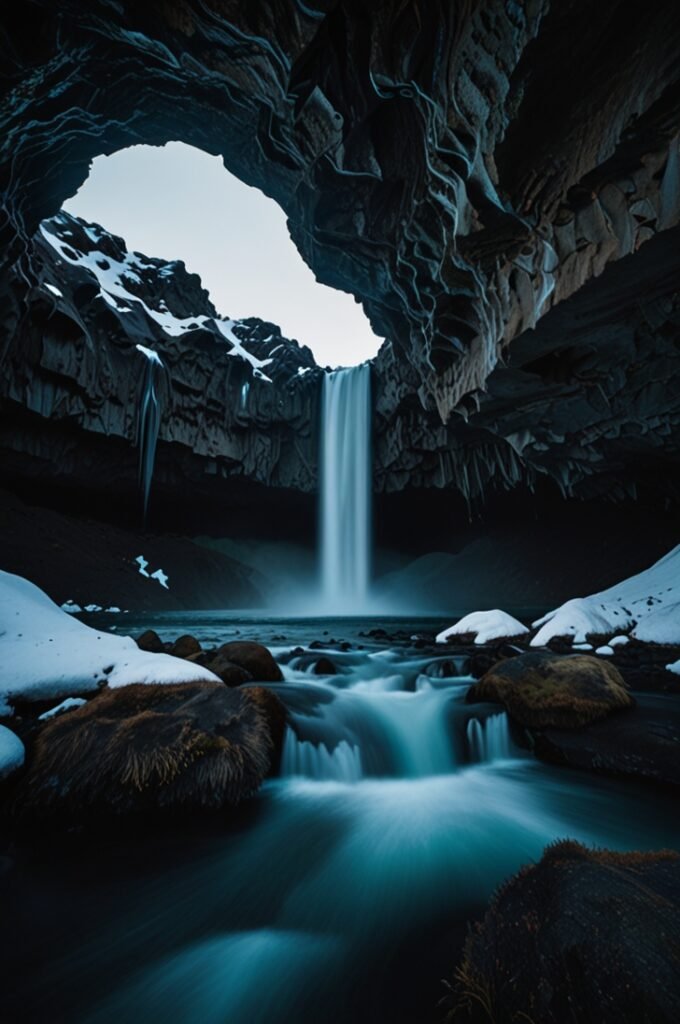
Safety Considerations While Chasing the Northern Lights
Traveling to Iceland to witness the breathtaking northern lights can be an exhilarating experience. However, it is essential to prioritize safety and preparedness, especially during the winter months when conditions can be unpredictable. One of the most critical aspects of ensuring safety while in Iceland is driving. The roads can become icy and treacherous. It is advisable to rent a four-wheel-drive vehicle to navigate these challenging conditions effectively. Additionally, always check weather and road conditions from reliable sources like the Icelandic Road and Coastal Administration before embarking on a journey.
In terms of outdoor preparedness, dressing appropriately for harsh winter conditions is crucial. Layers of clothing, including thermal undergarments, waterproof outerwear, gloves, hats, and sturdy boots, will help to insulate against the cold. Furthermore, travelers should always carry essentials such as a map, flashlight, extra food, and water. A fully charged mobile phone with relevant emergency numbers saved can also prove invaluable in unforeseen circumstances.

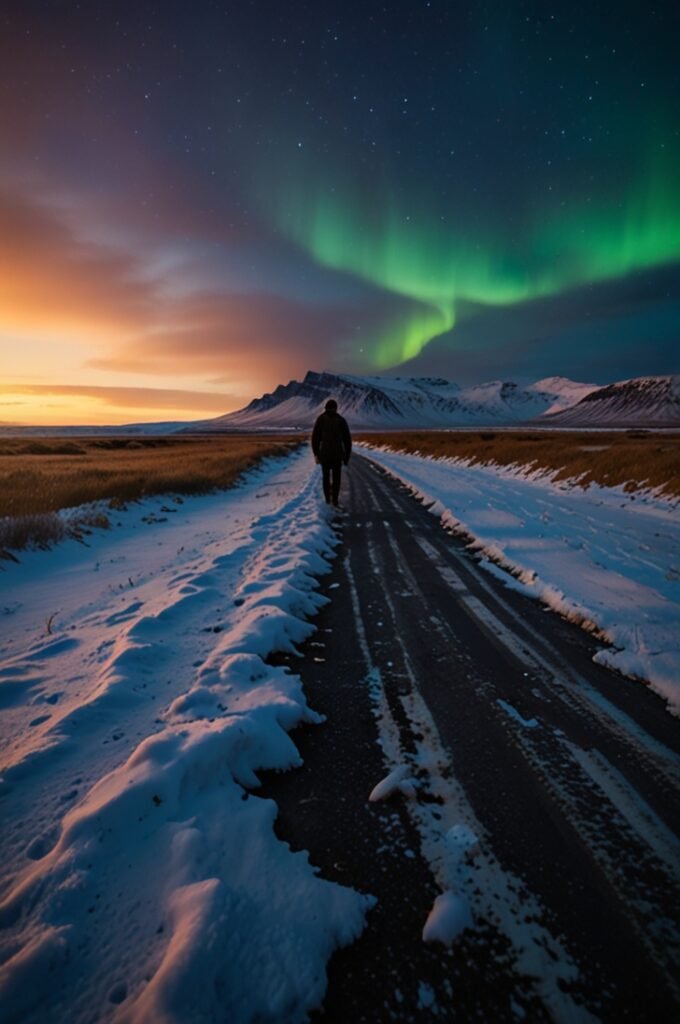
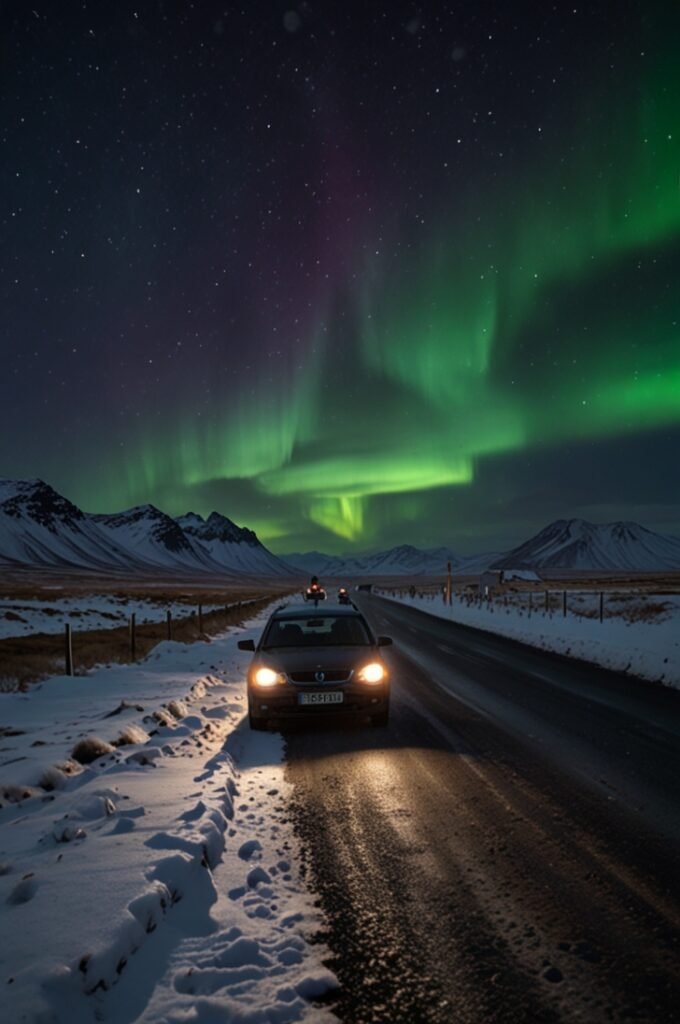
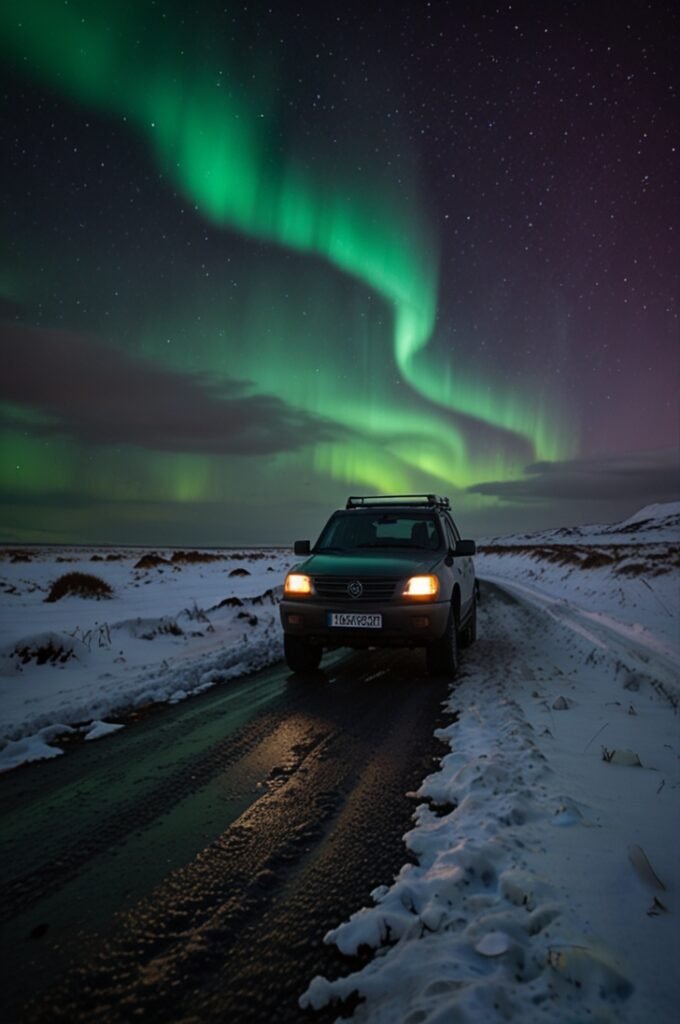
Awareness of local wildlife and environmental conditions is another vital consideration. While exploring the rugged landscapes of Iceland, it is common to encounter wild animals, particularly if venturing into remote areas. Keeping a safe distance from any wildlife is essential for both personal safety and the well-being of the animals. Additionally, be mindful of the natural environment; the landscapes are delicate and can be easily damaged. Familiarizing oneself with the Leave No Trace principles can significantly contribute to preserving Iceland’s breathtaking wilderness.
By taking these safety considerations into account, travelers can enhance their experience while chasing the mesmerizing aurora and leave with lasting memories of Iceland’s stunning natural beauty.


Final Thoughts and Personal Experiences
Traveling to Iceland in pursuit of the Northern Lights is not merely a journey but an adventure steeped in anticipation and wonder. Many travelers have embarked on this quest, each finding unique stories and experiences that highlight the extraordinary beauty of the Aurora Borealis. One such traveler, Anna, recounted her experience during a chilly night in late November. After several hours of searching, anticipation filled the air as the sky transformed into a breathtaking dance of greens and purples. “In that moment, all the elements of nature seemed to converge, making me feel both insignificant and incredibly alive,” she shared. This sentiment resonates with many who chase the Northern Lights, pointing to the magical connection forged with the natural world.
Similarly, Mark, another avid adventurer, reflected on his trip in February when the weather conditions aligned perfectly. “The moment I saw the first flicker of light, it felt surreal; it was as if the sky had cracked open to reveal something ethereal,” he said. The unpredictability of the Northern Lights adds a thrilling element to this experience; it teaches patience and resilience, reminding travelers that timing is everything. Hearing these personal testimonies inspires many prospective travelers and emboldens them to venture forth on their own missions to witness this celestial wonder.


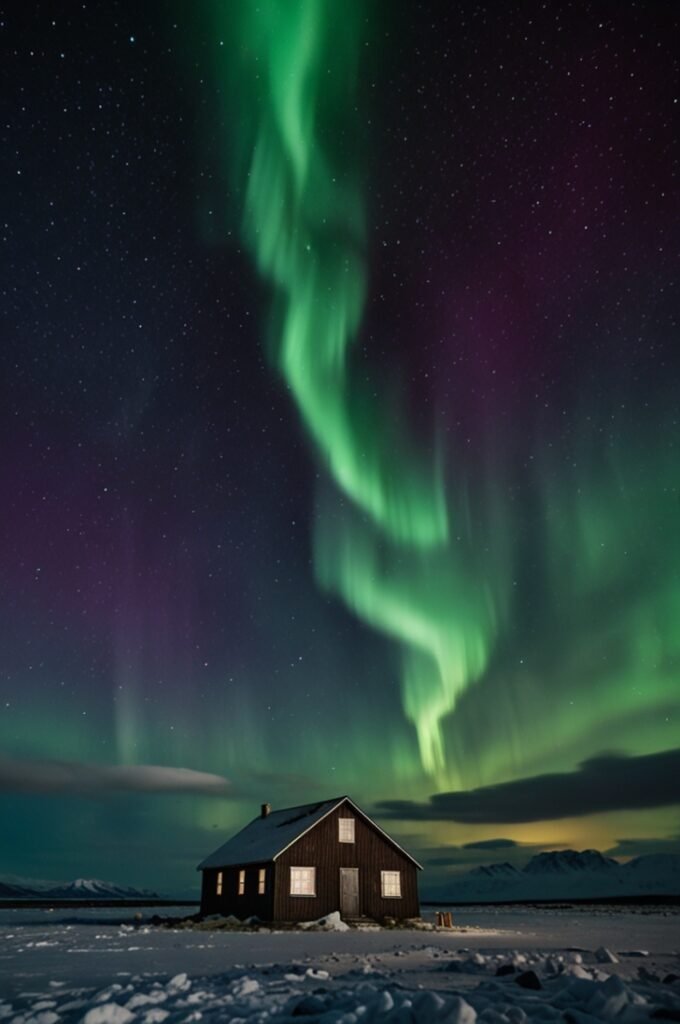

As you prepare for your journey to Iceland, remember the intertwined story of countless individuals who have experienced the awe-inspiring display of the Aurora Borealis. Their reflections serve as a reminder that while nature can be unpredictable, the rewards of perseverance are immense. Armed with these stories, may you be guided toward your own night of wonder under the Icelandic sky, where the Northern Lights paint the landscape in unforgettable hues.
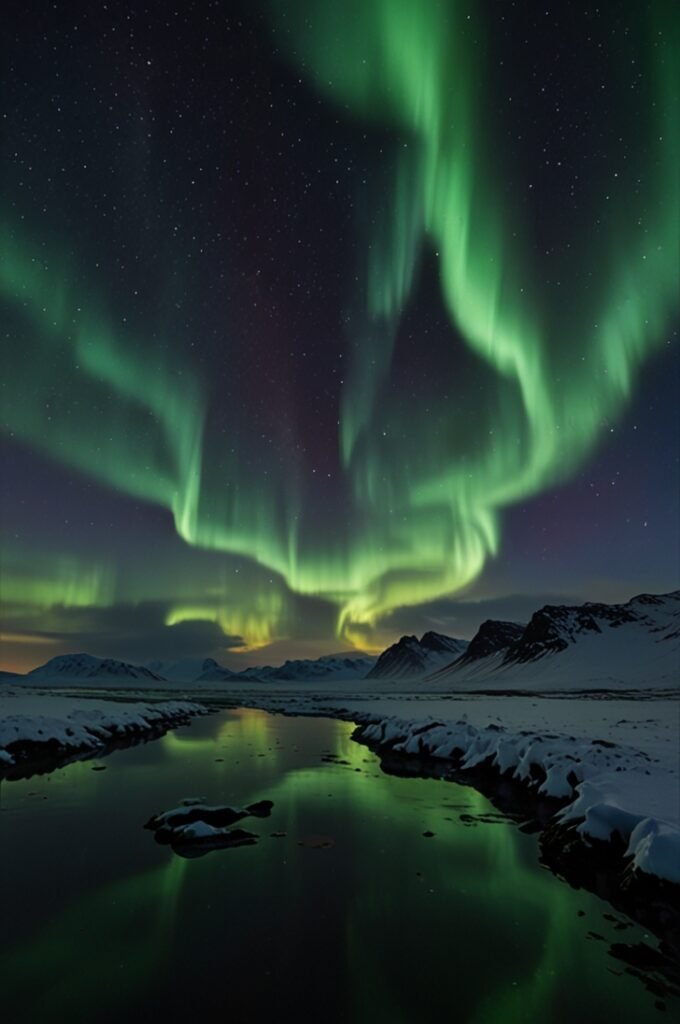

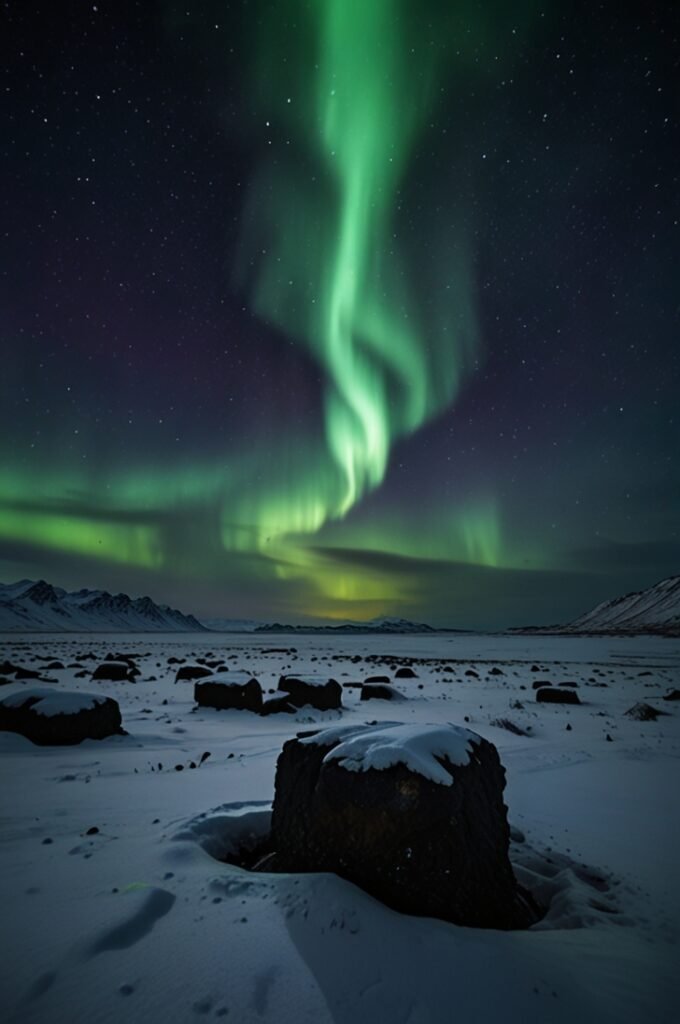
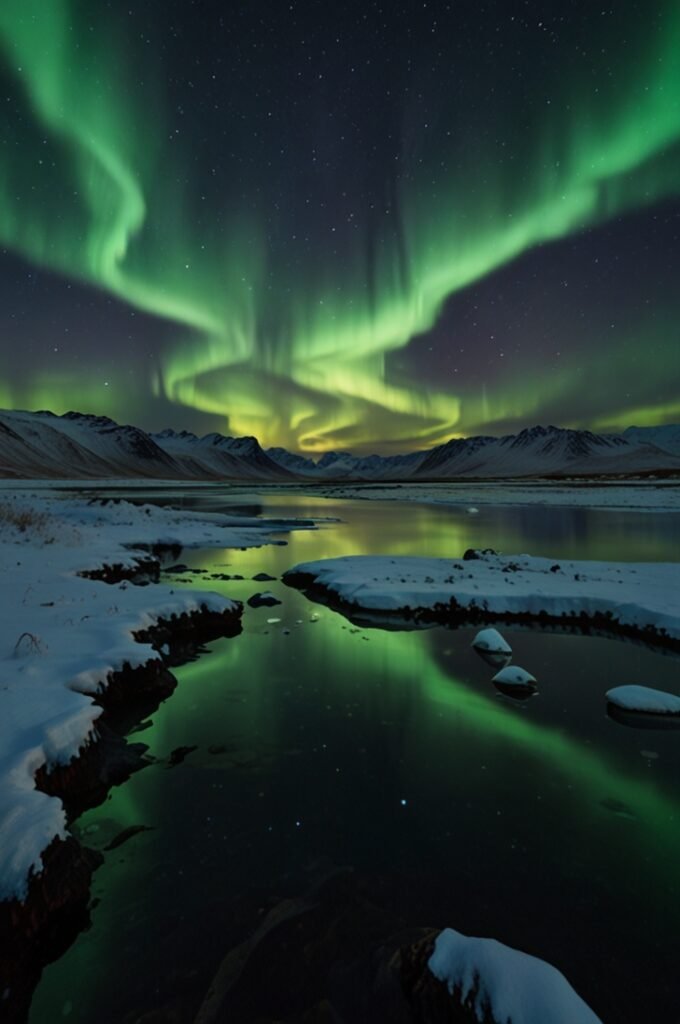
RELATED POSTS
View all
